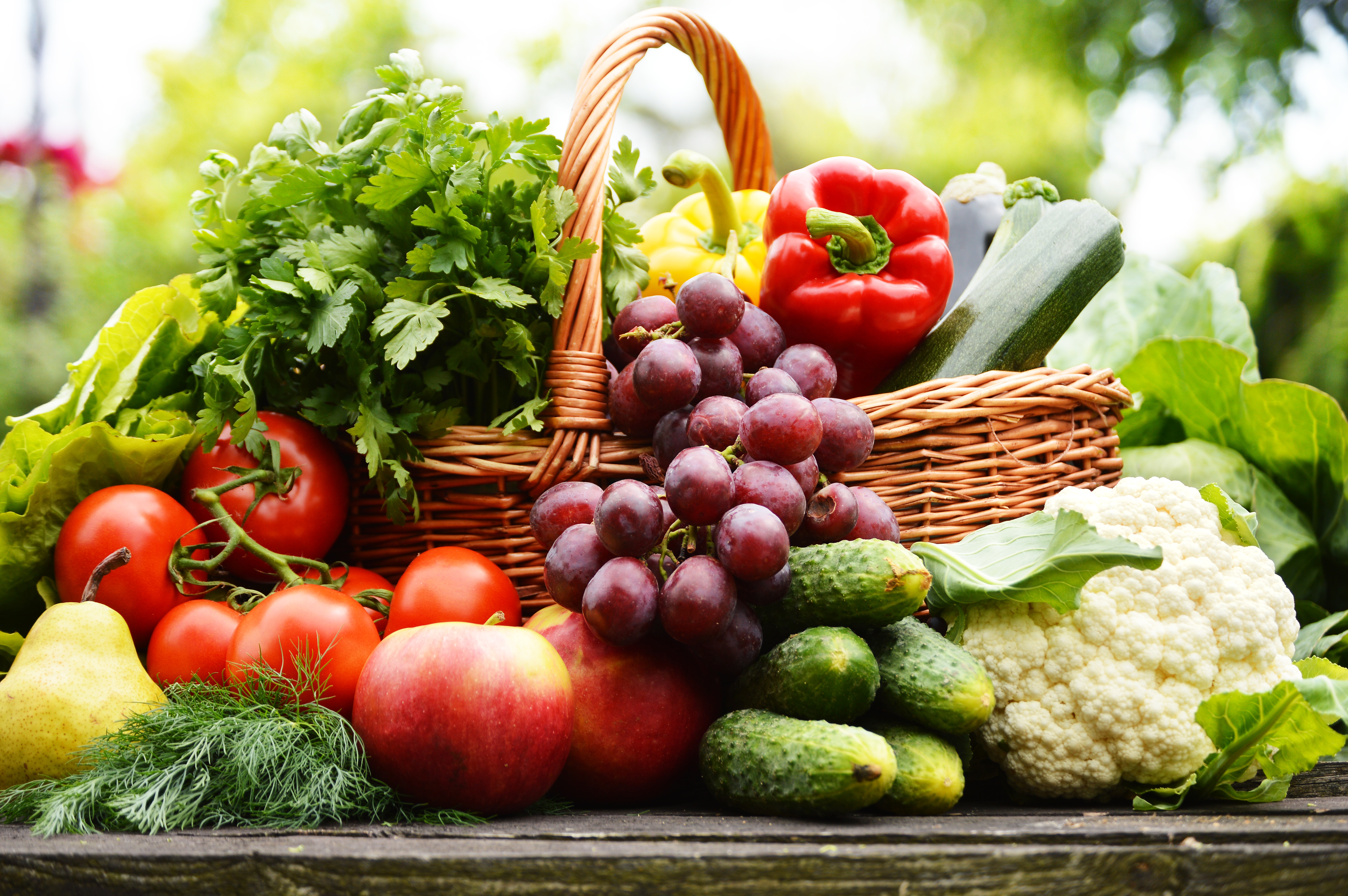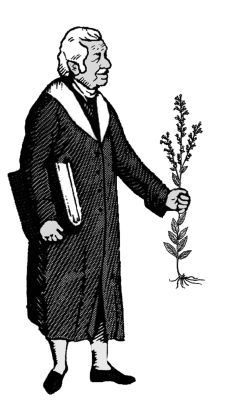Getting the Lead Out
Published: Wed, 11/06/19
November 6, 2019
Getting the Lead Out David Christopher, M.H.
I was asked recently about lead toxicity in a six-year-old child. Despite having taken calls for forty years, I couldn’t remember anyone ever asking about lead toxicity in a child. I proceeded to tell her about Dr. Christopher’s Three-Day Juice Cleanse and his Bugleweed Heavy Mineral Formula, which have been very successful. After the call my curiosity led me to search for specific chelating agents. I knew of Silica attaching to aluminum and removing it from the body, so I searched for others with a similar effect for different metals. As I searched the internet chelation therapy kept coming up, which can cause renal toxicity and also remove essential metals such as Zinc, Iron, and Magnesium from the body. I was frustrated that these chemical therapies dominated search engines when I was looking for more natural approaches. Then I found a National Institute of Health article that was perfect. This article was a compilation of all studies relating to natural approaches to lead and cadmium toxicity.

They were able to conclude from many studies that a deficiency in essential metals like calcium, Zinc, and Iron can lead to greater absorption and toxicity of cadmium and lead. Foods high in calcium, zinc, and iron are bilberries, pumpkin seeds, cayenne pepper, spirulina, and nettles.
Vitamin deficiencies enhance sensitivity towards cadmium and lead. High levels of vitamins are antioxidant and can counter the oxidative damage from heavy metals. Vitamin C acts as a chelating agent for lead.
Most common fruits and vegetables are antagonists to lead and cadmium. In particular, tomato is regarded as one of the most powerful natural antioxidants and can prevent renal toxicity induced by lead exposure. Tomato has been shown to reduce accumulation of heavy metals and stimulates the production of metallothionein (small proteins produced by the body) which attract metals and chelate them out of the body.
Curcumin in turmeric binds to lead to form an excretable complex. The quercetin in onion, tomato, capers, and radish also chelate lead in a similar fashion to curcumin.
Algae such as spirulina and chlorella can protect the internal organs from lead caused damage and prevent teratogenic effects.
After discovering all of these ways to remove lead naturally, I called back to the grandmother of the six-year-old child suffering from lead toxicity and let her know about all of the tasty ways to get the lead out.
Trust the creator and remember Hippocrates taught us to make our food our medicine.
David Christopher is a Master Herbalist and the director of The School of Natural Healing. He also co-hosts the popular radio show "A Healthier You" and is a popular international teacher and lecturer.
Printable Version: http://herballegacy.com
If you missed an article be sure to visit http://www.herballegacy.com and click on Articles. Also, take advantage of David Christopher's Radio Show (see Resource Links below for more information).
David Christopher is now on Twitter!
You can follow David @DChristopherMH
Herbal Resource Links
This newsletter is sent by permission only - you can unsubscribe quickly and easily by clicking the link below.
.
A Healthier You Radio show is back!
Listen live every Monday morning at 11:30 Mountain Time.
Click here for the link to listen to our live show
David Christopher is now on Twitter!
You can follow David @DChristopherMH
Indian Sambar
Sambar is a staple in many Indian states. The integrity of the dish is here with some alterations for our home cooking. This may take some extra effort to make, but once done, can easily be refrigerated or even frozen. We make a large batch and stretch this dish over 3-4 meals. Works great for winter holiday time.
Ingredients:
(Combine all and grind into a powder)
Printable Version: http://herballegacy.com
Sambar is a staple in many Indian states. The integrity of the dish is here with some alterations for our home cooking. This may take some extra effort to make, but once done, can easily be refrigerated or even frozen. We make a large batch and stretch this dish over 3-4 meals. Works great for winter holiday time.
Ingredients:
- About 5 cups of misc. vegetables. Good choices include carrots, eggplant, fava or lima beans, moringa pods (also known as Indian drumsticks), and okra. I’ve also used celery and broccoli-although not traditional, these are more readily available in the United States.
- 2-3 cups of dal (red or yellow lentils or split skinned pigeon peas)
- 5 dried red chilies
- 3 onions, sliced (or 2 handfuls of pearl onions)

- 3 tablespoons coconut oil
- 1 inch of ginger diced
- 2 bulbs of garlic diced
- Sambar powder (available in International markets or online or see recipe below)
- 1 tsp turmeric powder
- Chili powder (to taste)
- Sea salt to taste (usually more than you think-up to 3 tablespoons-add carefully tasting between adding more)
- (optional) fennel powder
- (optional) 3 bay leaves
- Wash dal (lentils) until water runs clear. To aid digestion, you can soak in filtered water for 10-15 min with 2 tsp of ground fennel and rinse before cooking. Cook dal in pressure cooker with filtered water according to your device’s instructions. Mine is 2x the amount of water for 5 min under pressure. Without a pressure cooker, you can boil dal in a pot of water for 20 min slightly covered, being careful of runoff. (It is optional to add fennel and bay leaves to the dal while cooking to increase digestion.)
- In a separate large pan, heat oil until warm, add onions and sauté till translucent. (If you are using pearl onions, skip sautéing the onions) Add ginger and red chilies mid-way.
- Add in ginger, garlic, turmeric, and chili powders and Sambar spice mixture. We like ours spicy so 3 tablespoons are good for us. Stir well and be sure all is mixed well for 1-2 min. Add sea salt now.
- Add chopped veggies (and pearl onions if using) and mix well with spices. Cover and let flavors envelope the veggies for 15-20min. You may need to add some water to keep everything free flowing. Up to 3 cups is good.
- Meanwhile, allow your dal to cool down a bit and process this in a blender until very smooth. You can add more water if needed.
- Once veggies are tender, add in the dal. You may need to switch to a large pot by now as you will add water until your Sambar is smooth, broth-like, and really soupy. In order for all the flavors to envelope, allow this to cook on low heat for 1-2 hours.
- You may serve with brown rice, Indian Idli, or just as a soup with a side salad.
(Combine all and grind into a powder)
- 1 tablespoon coriander seed
- 1 tablespoon Chana dal
- 1 tsp Urad dal
- ½ tsp cumin
- ½ tsp fenugreek seeds
- 4-5 red chilies
Printable Version: http://herballegacy.com
Herbal Resource Links
- Herbal Legacy - http://www.herballegacy.com - Our free information website
- The School of Natural Healing - http://www.snh.cc - Quality Education since 1953
- Christopher Publications - http://www.christopherpublications.com - Dr. Christopher's books and more
- A Healthier You Radio Show - http://www.ahealthieryouradio.com - Free weekly radio show
This newsletter is sponsored by:
The School of Natural Healing: http://www.snh.cc
Christopher Publications: http://www.christopherpublications.com
The School of Natural Healing: http://www.snh.cc
Christopher Publications: http://www.christopherpublications.com
NOTICE: All information in this newsletter is given out as information only and is not intended to diagnose or prescribe. For our official Disclaimer, Biological Individuality, Important Notice & Terms of Use please see: http://www.herballegacy.com/Disclaimer.html
This newsletter is sent by permission only - you can unsubscribe quickly and easily by clicking the link below.
.

